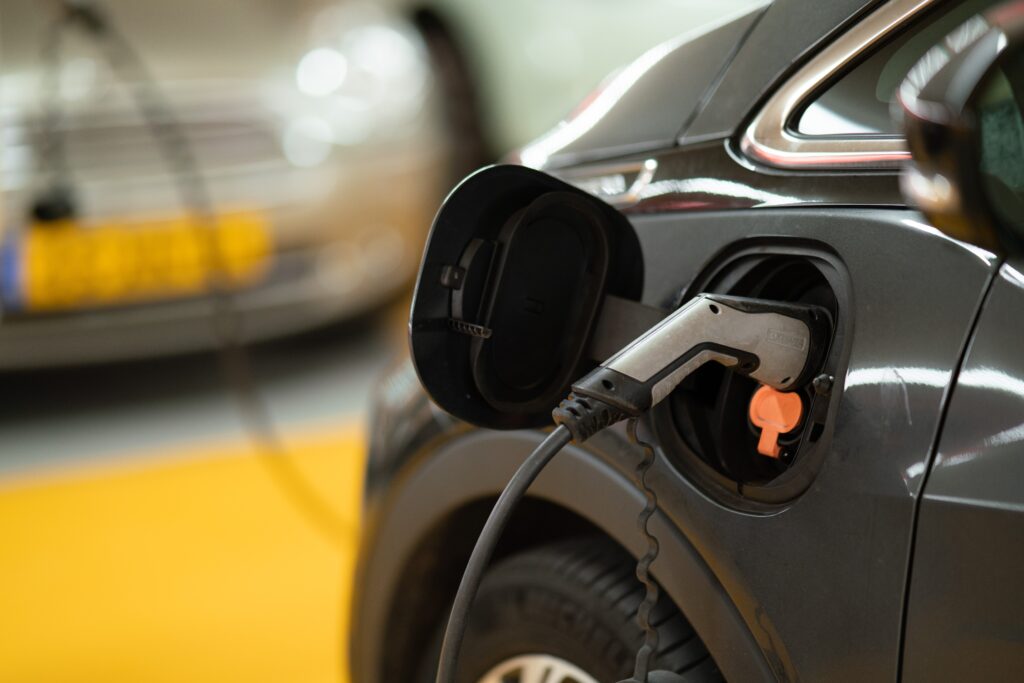Acclaimed as one of the “most ambitious” climate spending acts in U.S. history, the Inflation Reduction Act will extend the existing $7,500 tax credit for consumers who purchase new electric vehicles throughout 2032. However, the bill is now reducing the number of manufacturers that qualify for the credit by almost half.
In an attempt to stimulate the country’s local economy, major restrictions are coming into place for emerging EV manufacturers. Which means, consumers can expect a limited list of vehicles compared to the previously offered bundle. As of April 17th, only vehicles that underwent final assembly in North America will be considered eligible for the EV tax credit.
This change stems from a global economic shift, encouraging U.S automakers to keep their production within U.S soils rather than outsourcing it to China as has been the general trend for many years. In turn, this decision should help increase consumer demand for American-made EVs.
What’s the catch?
For those who would still like to reap the benefits of this tax credit but do not see a car they like within the eligible list (Cadillac, Chevrolet, Chrysler, Ford, Jeep, Lincoln and Tesla), there are a few loopholes which apply.
One of the ways for consumers to take advantage of this law while still purchasing the car of their choice is to buy a used EV. However, this method will only make the buyer eligible for $40,00 or 30% of the sales price (whichever is less). Rather than the full $7,500 that was originally the main incentive. Additionally, these used electric vehicles have to fall under the law’s current guidelines in order to qualify.
The guidelines are as followed:
- The vehicle must be purchased from a licensed dealer in the U.S.
- The model year must be at least 2 years old.
- The sales price must be $25,000 or less.
- The tax credit is only available to qualified individuals.
- Buyers are ineligible for a credit if their annual income exceeds: $75,000 for singles, $112,500 for heads of household and $150,000 for married couples filing a joint tax return.
Other alternative…
The other way to be eligible for the credit is through leasing. With this option, a buyer would qualify for the full $7,500 without having to meet the newly-enforced EV requirements. That said, it is key that the consumer brings this up at the time of leasing as businesses are not “required” to pass on the credit. Yet to make a sale, most are happy to do so.
While this law is set to stimulate the U.S. automotive industry as a whole, it also gives consumers a greater incentive to buy locally. Although, its limitations could affect the total number of EVs actually bought in the US. Making one wonder, does the cost outweigh the benefits of this “most ambitious” climate spending law? Right now, it’s too early to tell. Is the EV tax credit really enough to push buyers towards electric production? That’s still at question. It’s four months into the awaited Inflation Reduction Act and the options are already diminishing.
Though these updated restrictions regarding American-made production will certainly motivate automakers to bring more of manufacturing in-house, consumers still face the biggest obstacle. And that remains…getting behind the wheel of an EV at a cheaper cost.
What are your thoughts on the latest changes to the EV tax credit? Do you think it’s worth investing in an electric vehicle in 2023? Or perhaps it’s better to wait. Tell us your thoughts about this incentive below!
